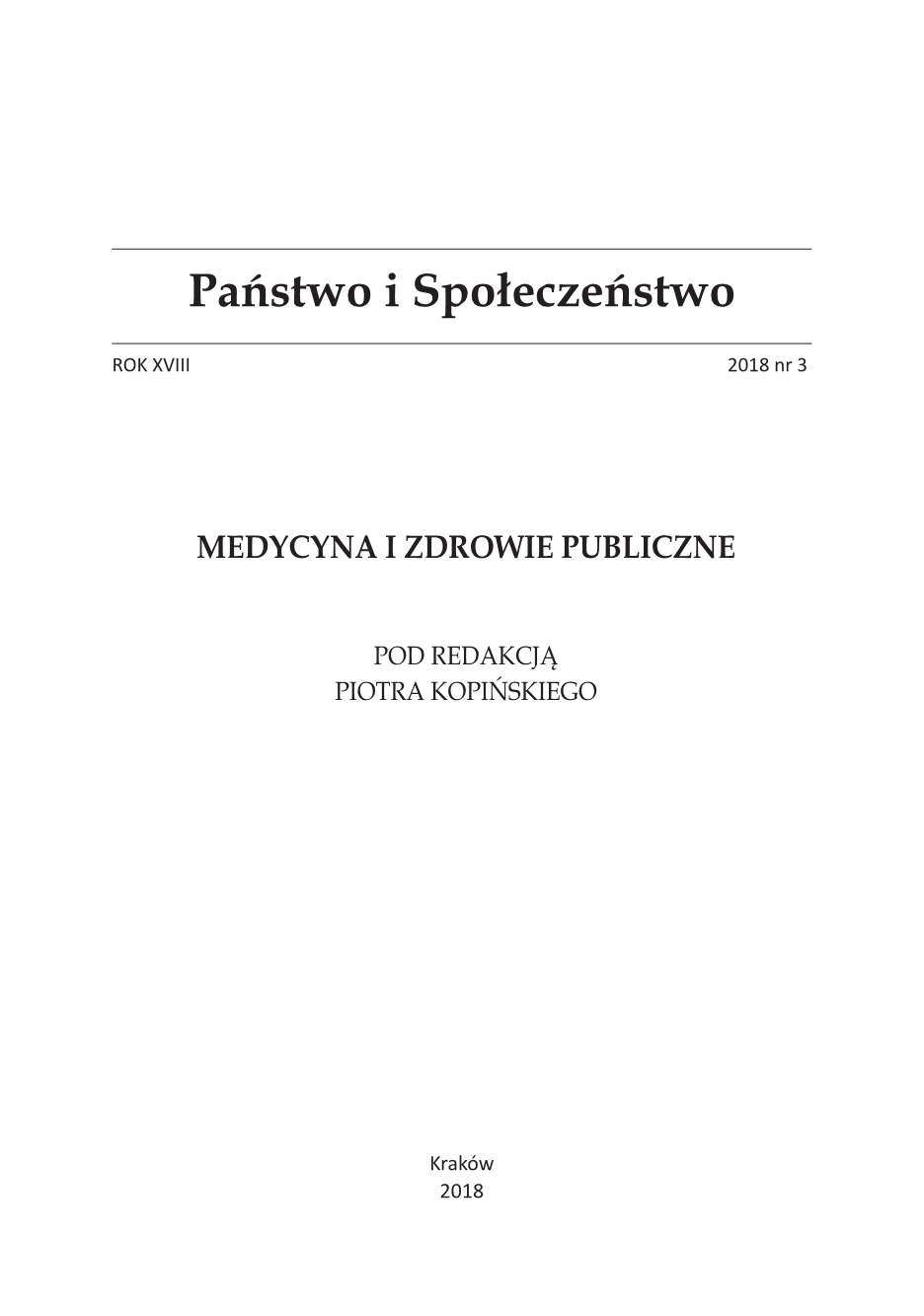Zmienność wyniku pomiaru ciśnienia tętniczego krwi w zależności od procedury jego wykonania u pacjenta z kontrolowanym idiopatycznym nadciśnieniem tętniczym
Variability of the blood pressure results depending on its measurement procedure in patients with controlled idiopathic hypertension
Author(s): Magdalena Słapińska, Tomasz Senderek, Filip GołkowskiSubject(s): Methodology and research technology, Health and medicine and law
Published by: Oficyna Wydawnicza AFM Uniwersytetu Andrzeja Frycza Modrzewskiego w Krakowie
Keywords: antihypertensive treatment; blood pressure measurement; primary hypertension;
Summary/Abstract: Introduction: Hypertension is a common condition requiring systematic effective treatment to prevent severe complications such as heart attack, stroke, heart failure. The pharmacotherapy and drug doses depend on the results of blood pressure (BP) measurements performed by patients themselves, as well as by physicians and other health professionals. In order to reach the correct therapeutic decisions, the cabinet BP measurement needs to be standardized. The aim of the study was to determine the variability of three subsequent BP measurements in the same patient depending on sex, age, body mass index (BMI), smoking, antihypertensive treatment and concomitant selected chronic diseases, i.e. diabetes mellitus (DM), chronic obstructive pulmonary disease (COPD), bronchial asthma (BA). Material and methods: In 130 patients with primary hypertension in the office, three BP measurements were performed: 1. in a sitting position immediately after entering the office; 2. after 10 minutes in a sitting position; 3. after 15 minutes in a lying position. BMI, comorbidities, current medication and smoking status were collected on the basis of medical records. Results: A statistically significant variability in BP measurement results was found. It depended on the position and time of the measurement; this finding was regardless of sex, age, BMI and type of antihypertensive treatment. There were no variations in measurement results in patients with DM, COPD or BA. The highest BP values were found at the first measurement, the lower at 2nd and 3rd one. Conclusions: Body position and time from the visit onset to the BP measurement affect it’s result, except the groups of patients (DM, COPD, BA) in which the pharmacotherapy side effects can eliminate the difference. The study results confirm the need for careful assessment of the results of cabinet BP measurements.
Journal: Państwo i Społeczeństwo
- Issue Year: XVIII/2018
- Issue No: 3
- Page Range: 47-66
- Page Count: 20
- Language: Polish

